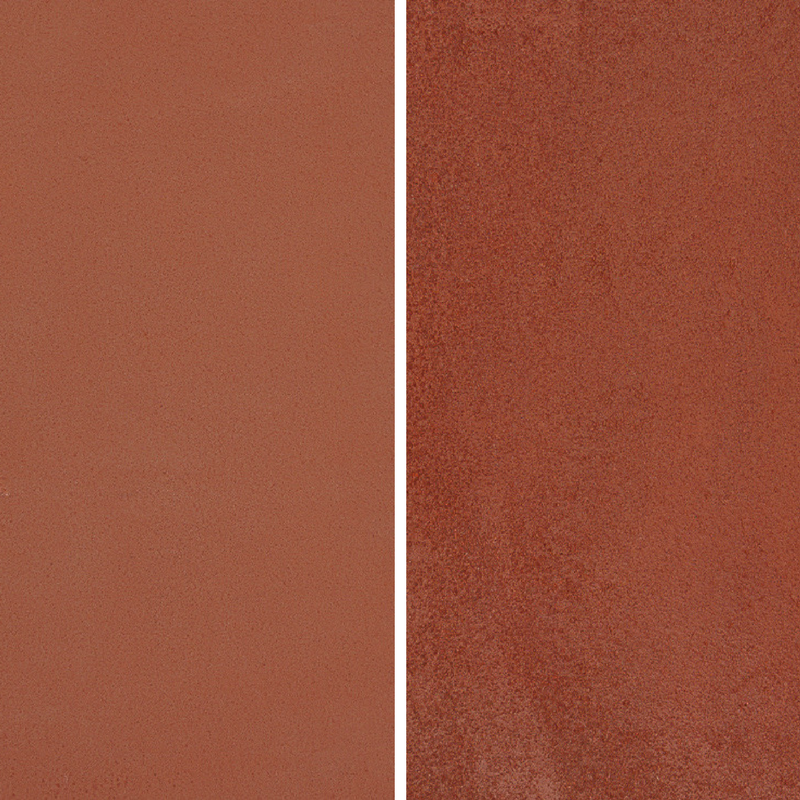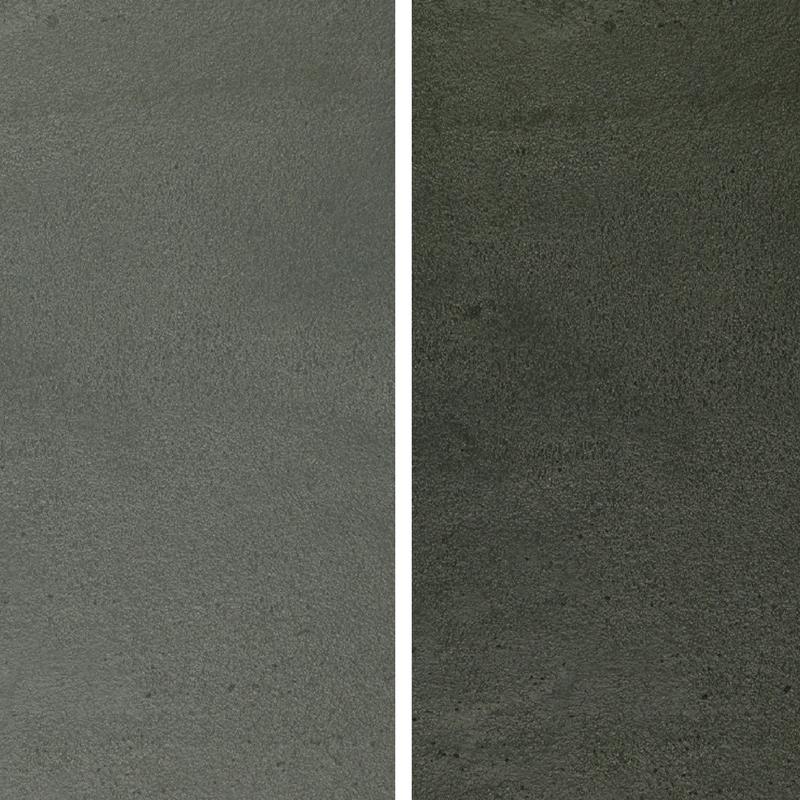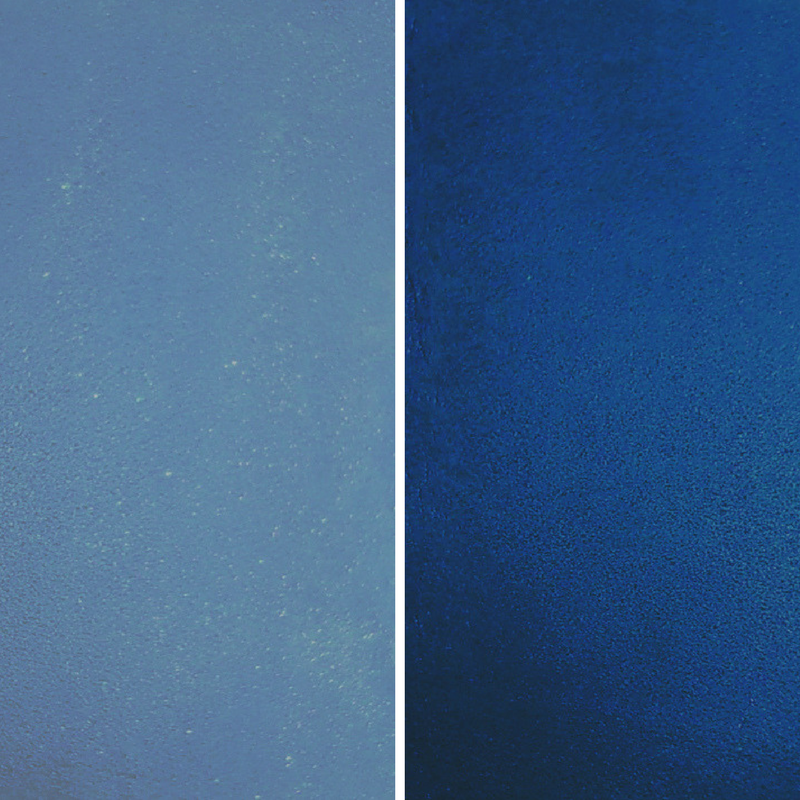Concrete Cleaner
Obtaining a good concrete cleaner is the first step to completing a concrete renovation project that will result in the desired change. Without a properly cleaned surface, it is virtually impossible to spread even stains or even get paint to stick. No matter what the project entails, please make sure to do your homework on the concrete cleaner that you are using. Basically, there are two primary types that should be considered; muriatic and other acids or synthetic acids. We recommend synthetic acids to all of our customers because of the benefits to the environment without any loss of effectiveness. The Organic Institute alerts its followers that more than 72,000 synthetic chemicals have been produced since the end of World War II, So, why hurt the environment and people if technology has allowed us to achieve the same results without the downside?
We will discuss the different types of concrete cleaner and their benefits. But first, let’s get an understanding of how cleaner works. Concrete cleaners are really just a type of soap that is good at removing contaminants from the concrete. The fatty acids that are found in the soap we use to wash our hands has the ability to emulsify many of the toughest greases, oils and other dirt. The way that works is by basically taking two products (soap and water) and making them work together to rinse away the dirt.
When it comes to concrete, that surface is much more porous and holds dirt in a lot better than your hands do. So, it can take more physical effort and time to remove it. However, it is not fair to say that a stronger chemical is the only way to remove these types of tough stains. Let’s take a deeper look now at the types of cleaners that can be used on concrete.
Types of Concrete Cleaner
pH-Neutral Cleaners
These cleaners are considered a mild cleaner and is usually used to clean interior concrete surfaces that have been sealed. Generally, the impervious surface means that there will not be a build up of dirt underneath the sealer so a strong chemical is not needed. These cleaners can also be used on interior and exterior surfaces that have not been sealed as long as the dirt contamination is not considered to be severe.
Most pH-neutral cleaners are purchased as a concentrate that can be diluted to different amounts of water depending on the strength of the concrete cleaner required. The surface is covered completely and then must be scrubbed to work properly. After a few minutes the cleaner can be washed off with water and then the job should be complete.
Acidic Cleaners
If you are trying to remove stains and other contamination that are soluble in an acidic solution, you need an acidic concrete cleaner. Efflorescence is a white substance on unsealed concrete and a wort of white pigment change on sealed concrete. This cleaner is very common for removing the common efflorescence that most contractors are familiar with. There are many reasons why this may occur, but the goal with this cleaner is to remove the “bleached” effect it causes.
These cleaners contain toxic acids and are sold in concentrates and ready-to-use states. Generally, it can be applied directly to the stained area and very little scrubbing is required because of the strength of the chemicals in the cleaner. After an acid-based cleaner has been applied, it is crucial to neutralize the surface and rinse it with water. Also, cover it with a sealer to protect it from the vulnerable state it is left in after using the acid.
An emerging technology in the concrete cleaner industry is what is known as “Synthetic Acid” cleaners. These are what we recommend to anyone with a project that requires a significant amount of dirt or efflorescence removal. You can get the same results as with the acid-based cleaners without all of the negative effects associated with using those kinds of chemicals in the environment.
Alkaline Cleaners
Alkaline concrete cleaners are generally referred to as degreasers because their primary use is to remove oil and grease based stains that are very difficult to remove. They have a very high alkalinity and that helps in the emulsification of these tough stains. Additionally, they are used during the neutralization process described above after an acid-based cleaner has been applied. Applying alkaline cleaners will bring the concrete from acidic to alkaline quite easily. In fact, 1 gallon of cleaner is enough to dilute with water and cover an area of 4,000 square feet.
Although dilution is the standard for the degreaser, you can also apply it in the concentrate form to very old, deep oil stains for maximum effect. Very strong scrubbing may be required and much more time (3 hours) is required than the other stains. In cases where the stains are old, it may be necessary to do multiple coats and the drying process must be completed each time. A vacuum or rags must be used to lift the stains out of the concrete and finally rinsed at completion.
Enzymatic Cleaners
Enzymatic concrete cleaner is the newest of all concrete cleaners because they have required more research as their properties are largely made up of organic materials. The idea is that these oxidation cleaners use organic chemistry to and active enzymes to break down stains. These are commonly used to remove pet stains and other protein-based stains.
These concrete cleaners do not require any water and the residue left over is virtually non-existent. One of the concerns some have with these types of cleaners is the extended amount of time that is required in order for the bacteria to breakdown the stains. It can take weeks in some extreme cases for the enzymes to completely finish feeding on the stains. However, no scrubbing is usually needed.



